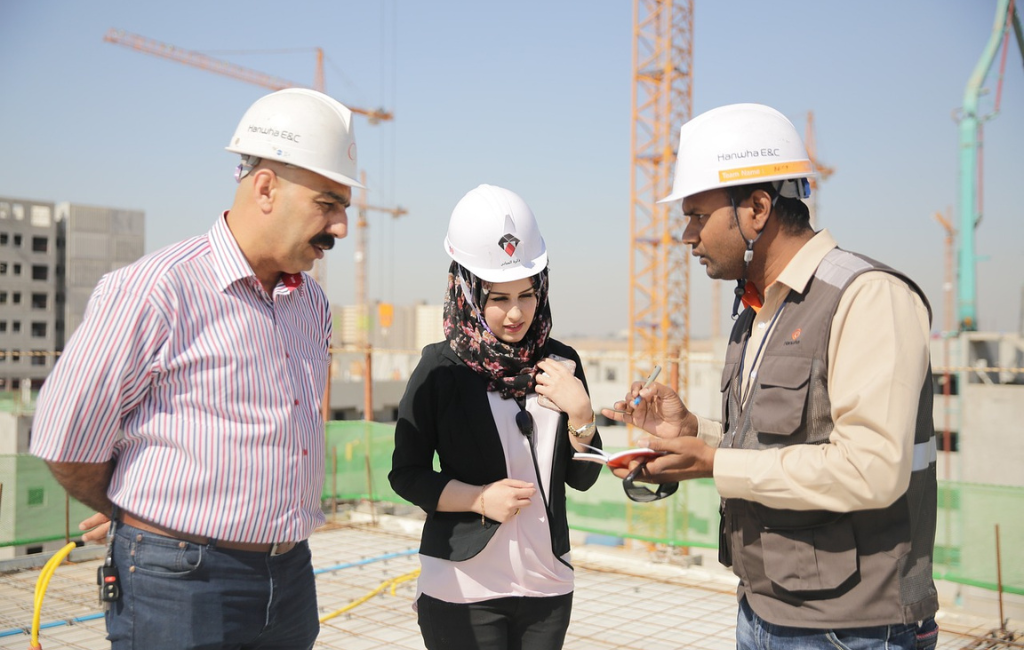Key Architect Planning Essentials

Key Architect Planning Essentials
Architectural planning is a foundational aspect of creating functional and aesthetically pleasing structures. It involves a comprehensive approach that balances creativity with practicality. This article explores the core elements that architects must integrate into their planning processes to achieve successful outcomes.
Understanding the Site
The site is the canvas upon which architects design their masterpieces. A thorough understanding of the site is imperative for effective planning. This includes analyzing the topography, climate, and existing infrastructure. For instance, designing a building in a flood-prone area requires different considerations than one in an arid region.
- Topography: Understanding the land’s contours can influence the building’s orientation and foundation.
- Climate: Local weather patterns dictate material choices and energy efficiency strategies.
- Infrastructure: Proximity to roads, utilities, and public transport can impact design decisions.
Client Needs and Vision
Every architectural project begins with a client’s vision. Architects must translate this vision into a feasible plan that meets the client’s needs while adhering to regulatory standards. Effective communication is key to understanding the client’s desires and expectations.
For example, a client may prioritize sustainability, requiring the architect to incorporate eco-friendly materials and energy-efficient systems. Alternatively, a focus on luxury might lead to the inclusion of high-end finishes and cutting-edge technology.
Regulatory Compliance
Adhering to local building codes and regulations is non-negotiable in architectural planning. These codes ensure safety, accessibility, and environmental responsibility. Architects must stay informed about the latest regulations to avoid costly redesigns and legal issues.
Case studies have shown that projects failing to comply with regulations often face significant delays and financial penalties. For instance, a high-rise development in New York City was halted due to non-compliance with fire safety standards, resulting in millions of dollars in losses.
Budget Management
Budget constraints are a reality for most architectural projects. Effective budget management involves balancing the client’s desires with financial limitations. Architects must prioritize elements that deliver the most value and explore cost-effective alternatives where possible.
- Material Selection: Opting for durable yet affordable materials can reduce costs without compromising quality.
- Design Efficiency: Streamlined designs can minimize construction time and labor expenses.
- Technology Integration: Utilizing software for cost estimation and project management can enhance budget accuracy.
Sustainability and Environmental Impact
Modern architecture increasingly emphasizes sustainability. Architects are tasked with designing buildings that minimize environmental impact while maximizing energy efficiency. This involves selecting sustainable materials, incorporating renewable energy sources, and designing for natural light and ventilation.
Statistics indicate that buildings account for approximately 40% of global energy consumption. By integrating sustainable practices, architects can significantly reduce this footprint. For example, the Bullitt Center in Seattle is renowned for its net-zero energy consumption, serving as a model for sustainable design.
Technological Integration
Technology plays a pivotal role in contemporary architectural planning. From 3D modeling software to virtual reality simulations, technology enhances the design process and improves client engagement. Architects can visualize complex designs and make informed decisions before construction begins.
For instance, Building Information Modeling (BIM) allows architects to create detailed digital representations of buildings, facilitating collaboration among stakeholders and reducing errors during construction.
Collaboration and Teamwork
Architectural projects are rarely solo endeavors. Successful planning requires collaboration among architects, engineers, contractors, and clients. Effective teamwork ensures that all aspects of the project are aligned and that potential issues are addressed early in the process.
Case studies highlight the importance of collaboration. The Sydney Opera House, for example, faced numerous challenges during construction. It was only through the combined efforts of architects, engineers, and builders that the iconic structure was completed.
Conclusion
Architectural planning is a multifaceted process that demands a balance of creativity, practicality, and technical knowledge. By understanding the site, aligning with client needs, adhering to regulations, managing budgets, prioritizing sustainability, integrating technology, and fostering collaboration, architects can create structures that stand the test of time. These key elements form the foundation of successful architectural projects, ensuring that they meet both functional and aesthetic goals.
- No categories